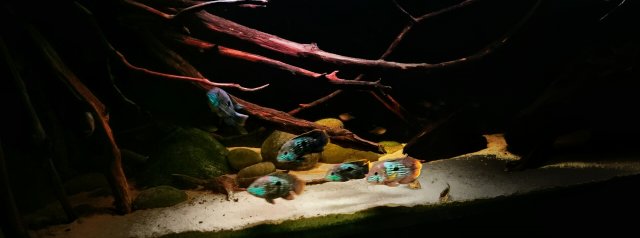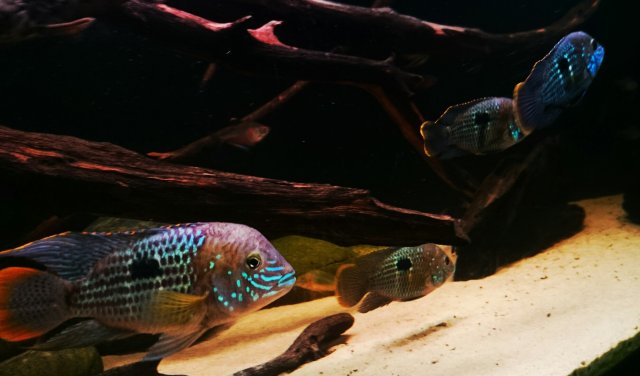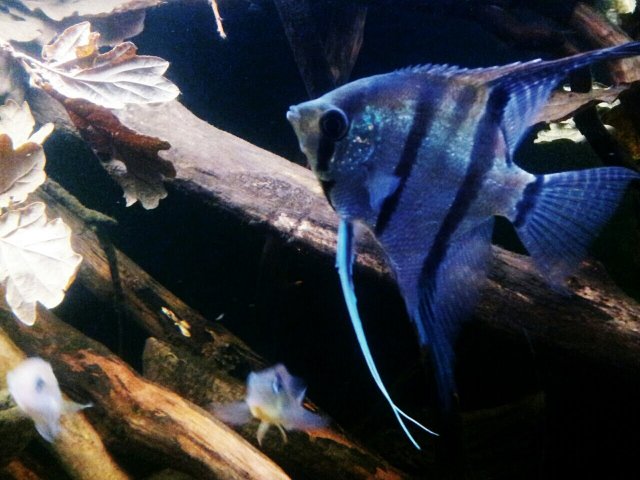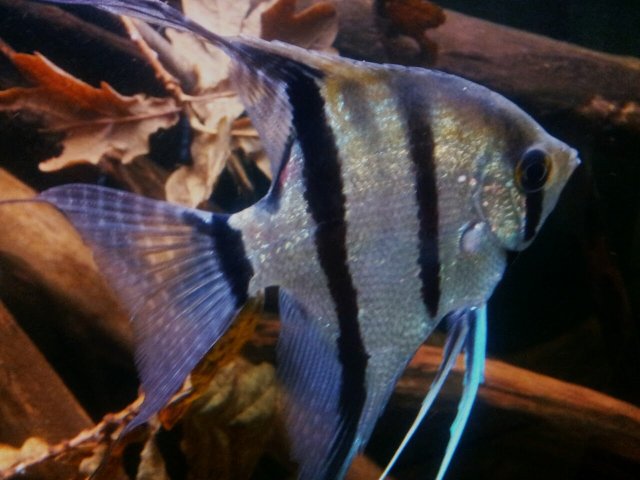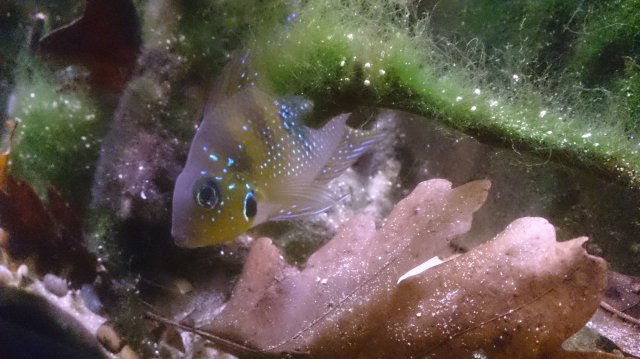So I understand that it can vary widely depending on location, but I'd like to redo my aquascaping as natureally as possible form where my fish can be found in the wild. Tanks are as follows:
125 gallon Amphilophus Lyonsi tank:
This one is particularly hard because, to my knowledge, there are few if any left in the wild. That being said, what type of area did they used to populate? Also potentially looking for other "dither" fish for them to go with. I love my tiger silver dollars but I'm just trying to go for a very natural feel.
125 gallon SA community tank:
I know that's super broad, but I currently have Geophagus sp. redhead tapajo, a super red severum (not exactly natural...), a (I believe) heros efasciatus, as well as some lemon tetras and denison barbs (not SA, I know). May also be adding a heros notatus soon. Anyways, what would y'all recommend as far as natural aquascaping for them? Or any species substitutes to bring them more in line with an area specific tank?
75 gallon Green Terror tank:
This one isn't top priority since he's by himself and he's more of a wet pet, but if y'all feel like leaving some input here to.
Again I know this is super broad but I feel like mixing it up and would like y'all's input.
Also pics always nice and helpful!
125 gallon Amphilophus Lyonsi tank:
This one is particularly hard because, to my knowledge, there are few if any left in the wild. That being said, what type of area did they used to populate? Also potentially looking for other "dither" fish for them to go with. I love my tiger silver dollars but I'm just trying to go for a very natural feel.
125 gallon SA community tank:
I know that's super broad, but I currently have Geophagus sp. redhead tapajo, a super red severum (not exactly natural...), a (I believe) heros efasciatus, as well as some lemon tetras and denison barbs (not SA, I know). May also be adding a heros notatus soon. Anyways, what would y'all recommend as far as natural aquascaping for them? Or any species substitutes to bring them more in line with an area specific tank?
75 gallon Green Terror tank:
This one isn't top priority since he's by himself and he's more of a wet pet, but if y'all feel like leaving some input here to.
Again I know this is super broad but I feel like mixing it up and would like y'all's input.
Also pics always nice and helpful!



